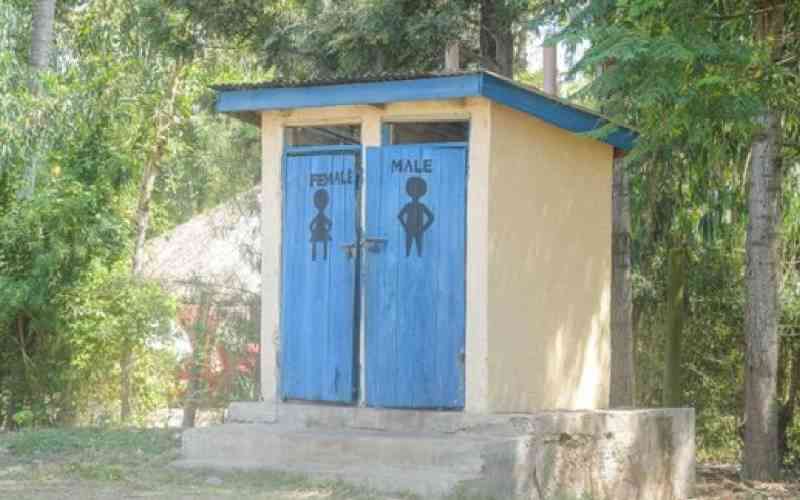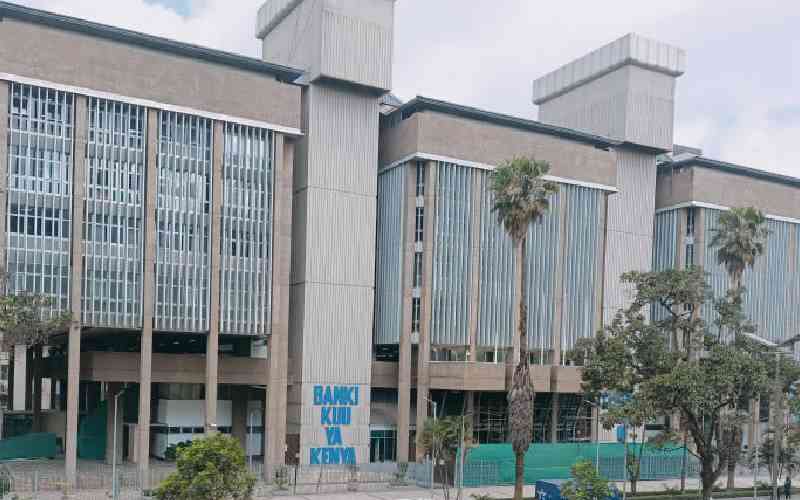
Agriculture remains central to solving the poverty conundrum. Understanding the role of agriculture in poverty alleviation is instrumental in comprehending the overall development process.
It is widely believed that the problem of lack of income and its distribution or extremes of poverty in Africa is substantially a question of the rural poor who consider agriculture a great source of livelihood but whose ability to practice agribusiness is greatly hampered by lack of resources.
Agriculture is the backbone of Kenya’s economy and remains a key policy issue for Government’s development agenda. According to a World Bank report, as at 2014, 47 per cent of the world's population lived in rural areas. The 70 per cent of the world’s poor who live in rural areas consider agriculture their main source of living.
Agriculture has made a significant contribution to the economic prosperity of advanced nations and its role in the economic development of developing countries is significant.
The history of England confirms Agricultural revolution preceded Industrial revolution. In the US and Japan, agricultural advancement has fed into the industrialisation process.
Over time, Netherlands, whose economy relies heavily on the agricultural sector and on exports nearing 83 per cent of her GDP, has the most progressive and transformational agricultural practices in the world.
As the sixth largest economy in the eurozone and the ninth best country for doing business, Netherlands has a highly mechanised agricultural sector that provides huge surpluses for food processing and emphasises her global status as the second largest agricultural exporter after the US.
The growth in Dutch’s agricultural exports reflects what seems to be a broader upturn in her bullish economy.The Dutch are known for tulips from Amsterdam, diamonds, a liberal way of life, beautiful canals and widespread cycling.
But the least spoken about is that the Dutch are expert farmers. Figures from the Statistics Netherlands (CBS) show that in 2015, the total value of the Dutch agricultural exports was Sh9.2 trillion – four times the value of Kenya’s 2016/17 budget. The most important export products reported were potatoes, vegetables and fruits amounting to Sh1.2 trillion, representing 14 per cent of the total agricultural exports to multiple destinations. For instance, Dutch eggs are exported to the US and apples and pears to Vietnam.
Germany, the biggest economy in Europe, imports 25 per cent of the Dutch farm produce. Three out of the world’s top 25 food and beverage companies are from the Netherlands. Even though some of the largest producers of cocoa are in Africa, Amsterdam remains the largest cocoa port in the world.
The success of the Dutch agricultural sector is attributed to investment in research, use of simple food processing technology, machinery, tools and equipment and more importantly their agricultural entrepreneurs use efficient and sustainable production systems and processes that have resulted in productivity levels that are five times higher than the European average. Above all, the Dutch have become very proficient in the field of agri-technology, where they employ robots to pick soft fruit and have automated meat separators and potato processors.
This is the kind of knowledge and skills that Kenyan farmers can learn from their Dutch counterparts in order to produce optimally and be competitive internationally. There is visible synergy on both ends demonstrated by the existing Dutch programmes in food security, water, dairy and horticulture meant to empower local farmers in both production and income generation.
The hosting of the Eldoret Agribusiness Fair from September 22 to 24 organised by the University of Eldoret where more than 60 Dutch companies in horticulture, dairy, aquaculture and potato industry will showcase their products and services provides a perfect ground for farmer-to-farmer engagement. This is what will deliver tangible results in Kenya’s fight against poverty and assist in unlocking Kenya’s agricultural potential for economic growth and food security.
 The Standard Group Plc is a
multi-media organization with investments in media platforms spanning newspaper
print operations, television, radio broadcasting, digital and online services. The
Standard Group is recognized as a leading multi-media house in Kenya with a key
influence in matters of national and international interest.
The Standard Group Plc is a
multi-media organization with investments in media platforms spanning newspaper
print operations, television, radio broadcasting, digital and online services. The
Standard Group is recognized as a leading multi-media house in Kenya with a key
influence in matters of national and international interest.
 The Standard Group Plc is a
multi-media organization with investments in media platforms spanning newspaper
print operations, television, radio broadcasting, digital and online services. The
Standard Group is recognized as a leading multi-media house in Kenya with a key
influence in matters of national and international interest.
The Standard Group Plc is a
multi-media organization with investments in media platforms spanning newspaper
print operations, television, radio broadcasting, digital and online services. The
Standard Group is recognized as a leading multi-media house in Kenya with a key
influence in matters of national and international interest.









